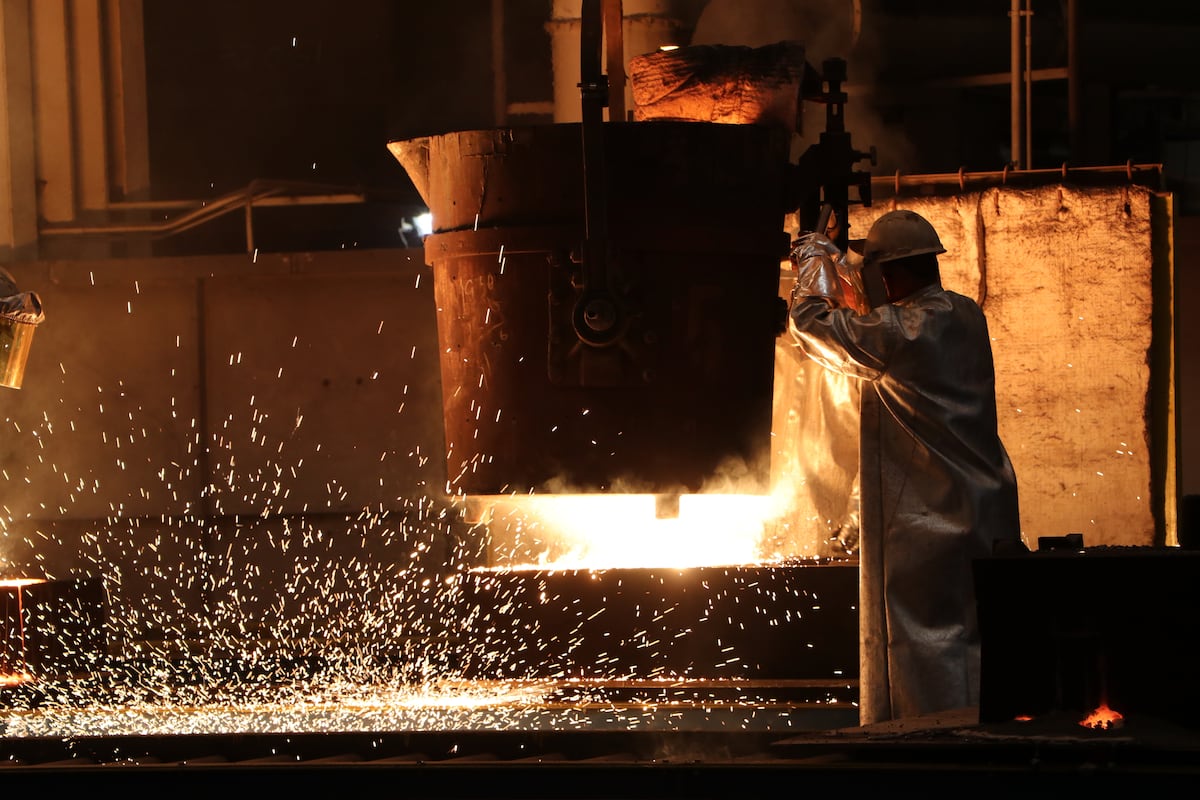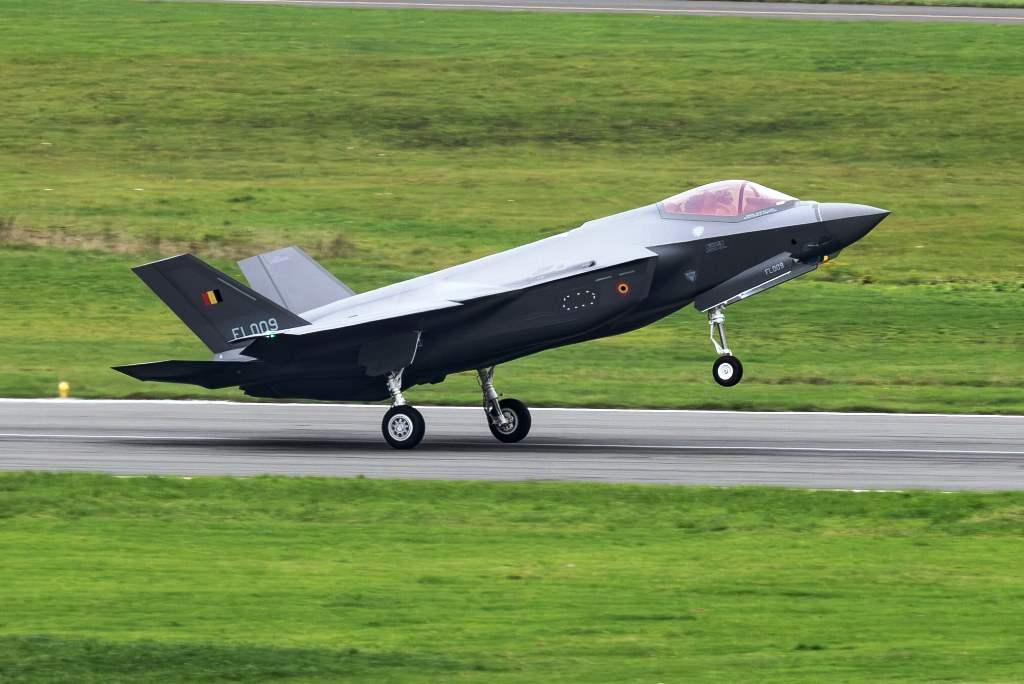Enhancing German Air Defense: Acquisition of New Eurofighters
Date: Manching, Germany, 15 October 2025
Germany is poised to bolster its air defense capabilities through the procurement of 20 state-of-the-art Eurofighter Typhoon jets. This strategic acquisition exemplifies Germany’s commitment to reinforcing its military posture within the NATO alliance and highlights the multi-role functionality of the Eurofighter, which is set to be produced by Airbus at its final assembly facility in Manching, near Munich. The inaugural unit is expected to join the ranks of the German Air Force by 2031, with the final delivery anticipated by 2034.
Strategic Importance of the Eurofighter
Mike Schoellhorn, CEO of Airbus Defence and Space, emphasized the significance of this order, stating, “This acquisition underscores the Eurofighter’s vital role in enhancing the German Air Force’s air defense capabilities, and its pivotal contribution to NATO’s collective security framework.” The continual advancement of the Eurofighter is seen as critical in paving the way for the Future Combat Air System (FCAS), which is expected to be operational by 2040. As a result, Germany is ensuring a seamless transition to cutting-edge aerial warfare technologies.
Key Operational Enhancements
The new fleet of Eurofighters will be equipped with advanced technological features, including:
- Next-Generation Sensors: Incorporating the latest electronic E-Scan radar for improved situational awareness.
- Electronic Warfare Capabilities: Integration of the Arexis sensor suite, developed by Sweden’s Saab, into both existing and newly manufactured aircraft, significantly enhancing defensive and operational functionalities.
These upgrades will elevate the operational versatility of the German Air Force’s Eurofighter fleet, enabling more effective surveillance of national airspace and contributing to NATO air policing efforts.
Economic Implications and Collaborative Defense
The Eurofighter program stands as Europe’s largest collaborative defense initiative, uniting Germany with Italy, Spain, and the United Kingdom. Beyond its military significance, this program is a substantial driver of economic growth and job creation, supporting over 100,000 positions across Europe, with 25,000 situated in Germany alone. Additionally, approximately 120 German suppliers contribute to the Eurofighter production, further embedding the program in the national industrial landscape.
Global Context and Future Prospects
To date, nine nations—including Austria, Saudi Arabia, Oman, Kuwait, and Qatar—have placed orders for more than 740 Eurofighters, underscoring its status as one of the most successful fighter aircraft programs in Europe present day. The German Air Force is expected to utilize the Eurofighter until the 2060s, with future operational plans incorporating networked capabilities alongside both crewed and uncrewed platforms.
As the modernization of air forces continues to evolve in response to new threats, the integration of advanced technologies and international cooperation exemplified by the Eurofighter program will be crucial in maintaining robust aerial defense systems. Germany’s latest ordering signals its commitment to enhancing military readiness and solidifying its role as a dependable ally in global security initiatives.
The ongoing evolution of air power, marked by investments in next-generation capabilities like the FCAS, underscores the necessity for continued innovation and collaboration on defense matters.





